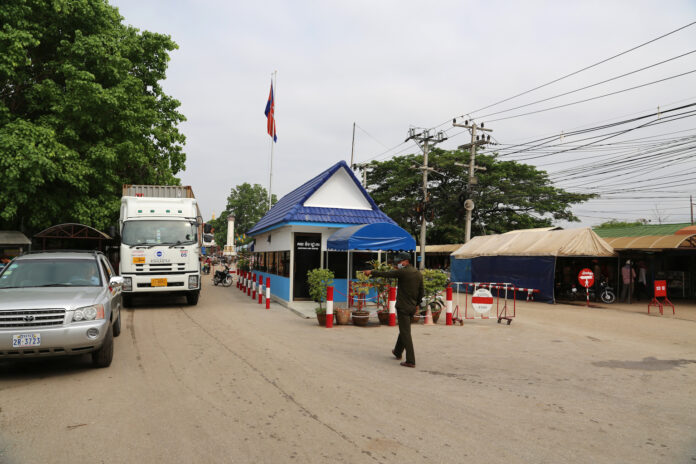Dozens stranded at the main border crossing as geopolitical friction reignites between two Southeast Asian kingdoms still shackled by their colonial past and present-day mistrust.
The main border crossing between Thailand and Cambodia, at Ban Khlong Luek in Thailand’s Aranyaprathet district, was unceremoniously shut down by Thai authorities. Caught in the diplomatic undertow are traders, migrant workers, and unsuspecting tourists, all victims of a territorial dispute that, like a dormant volcano, never truly went cold.
The focus keyphrase “border crossing between Thailand and Cambodia” drives this article, where geopolitics intersects daily life in often unacknowledged but deeply disruptive ways.
A dormant conflict reignited by a single shot?
The Franco-colonial legacy continues to cast a long shadow over the 800-kilometre border, whose demarcation remains an unresolved wound. Though deadly skirmishes between 2008 and 2011, centred around the Preah Vihear temple, once drew global headlines, the region had since been quiet. Until now.
On Monday night, Bangkok abruptly ordered a near-total shutdown of land border crossings, allowing only medical emergencies and students to pass. No coordination with Phnom Penh, no diplomatic explanations. Just a curtain drawn, military orders dispatched, and civilian lives upended.
From sudden troop movements to stalled freight convoys, the weak signals are piling up. Phnom Penh retaliated with economic leverage—halting Thai fuel, fruits, and vegetables imports. Less dramatic than bullets, perhaps, but no less strategic.
Ordinary lives trapped at Ban Khlong Luek
This once bustling frontier, home to grey market traders, gamblers, and cross-border shoppers, has turned into a no-man’s-land. Malin Po, a 38-year-old garment seller, found herself sleeping in her shop: “I cross the border every day. Yesterday, they stopped me without a word.”
The heat is heavy, the atmosphere heavier. On a bench, Chanta Wo, a Cambodian carpenter, changes his infant’s diaper while trying to get home to attend his mother-in-law’s funeral. Around him, tourists stare blankly at the sealed gate.
Matteo Toso, an Italian backpacker, considers flying back to Cambodia: “It’s more expensive, but I can’t wait here indefinitely.”
A lingering distrust, modern tools of pressure
Official statements, as usual, are as vague as they are reassuring. Thai border police claim to be following military instructions—but no one knows when, or if, the border will reopen.
Adding fuel to the fire: a leaked private phone call between former Cambodian Prime Minister Hun Sen and Thai PM Paetongtarn Shinawatra. The fallout? A key coalition party in Bangkok has walked out, denouncing Paetongtarn’s weakness on national sovereignty.
It’s a diplomatic standoff in the age of hybrid influence, nationalism wielded like a poker chip, civilians held hostage, and no clear path to de-escalation. An all-too-familiar scene in Southeast Asia’s fragmented power landscape.
Conclusion: A border closed, a regional order exposed
Once again, Southeast Asia shows its institutional fragility. ASEAN remains toothless. Western chancelleries, quick to opine on Ukraine, are deafeningly silent on Poipet. Global powers have no interest in arbitrating what they consider a peripheral quarrel.
And so the border crossing between Thailand and Cambodia, a mere gateway in peacetime, becomes in crisis a mirror: reflecting not only regional instability but the world’s enduring indifference to it.
Ignore it today, and it will return. Harder, bloodier, and far less manageable.



